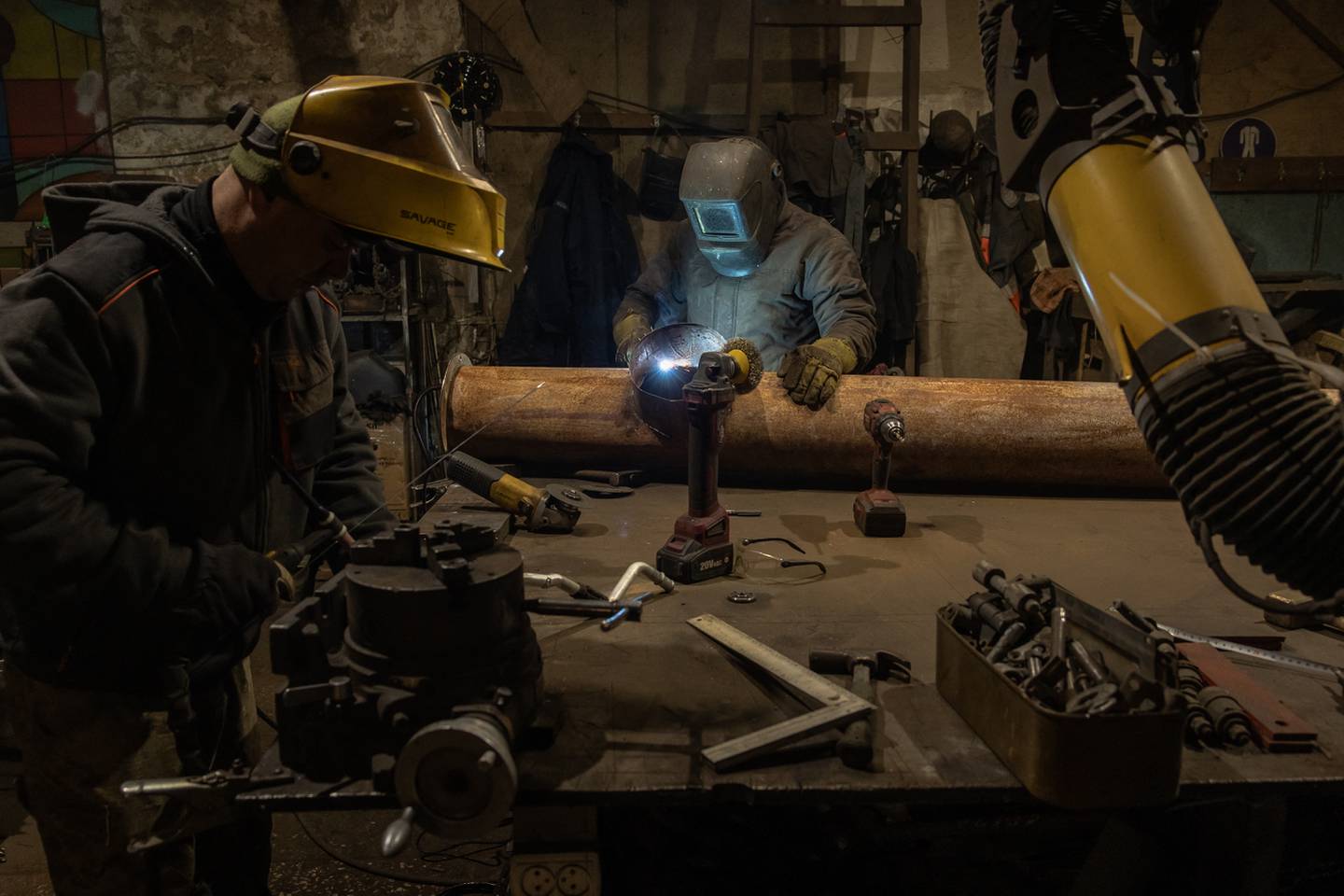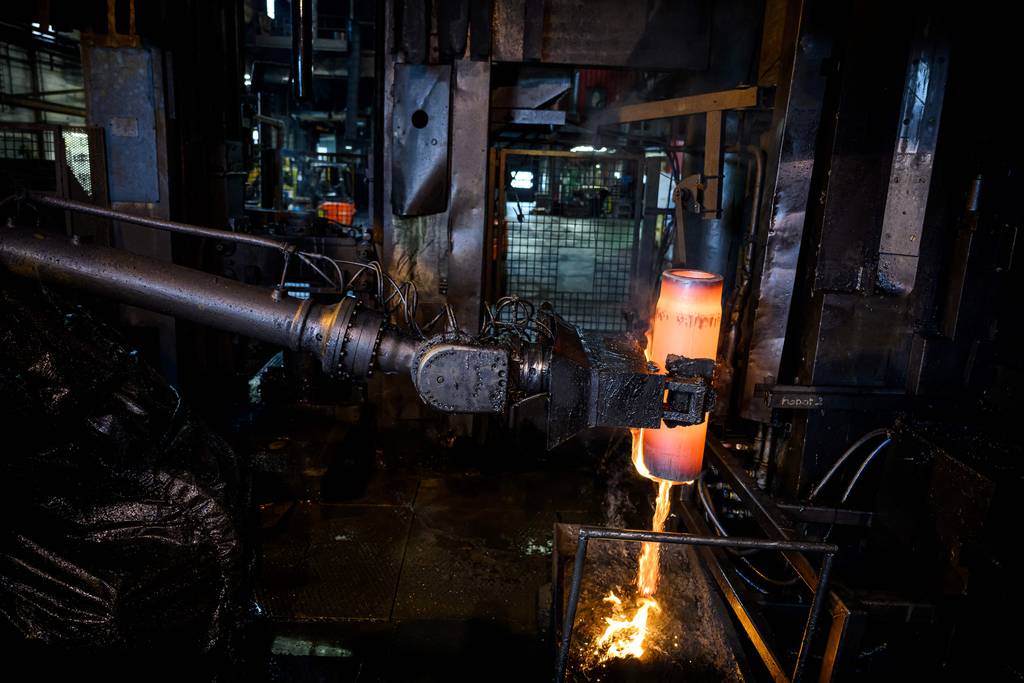In March, European Union countries pledged to supply Ukraine with 1 million artillery shells by spring 2024. It is now clear that the EU is unlikely to deliver on its promise. Meanwhile on the other side of the Atlantic, between 2022 and 2023 the U.S. Army succeeded in doubling monthly production of 155mm shells.
The war in Ukraine has provided desperately needed momentum to renew the European defense industry. Efforts to supply the Ukrainian Armed Forces with weaponry have exposed startling gaps in Europe’s readiness for large-scale conflict. European nations have been found lacking not only adequate munition stockpiles, but also the industrial base required to refill inventories to keep up with Ukraine’s continued pleas for weapons. At the same time, the United States’ own production challenges and competing regional priorities suggest European NATO members cannot count on Washington to save the day.
NATO has a munitions problem, and the European defense industry needs to step up. Now is the time to think big.
While much of the conversation about European munitions center on the manufacture and supply of 155mm artillery shells, a narrow focus on artillery shells fails to capture the full scope of improvements needed in Europe’s munitions capacity for NATO to maintain a credible deterrence. For some European NATO members, artillery shells are just the tip of the munitions inventory and weapons industry iceberg.
There are at least three competing munitions demands on the European defense industry that require immediate attention. First, European states, NATO and the European Union must continue to supply weapons to Ukraine. The sources of these munitions include continued pulling from (dwindling) stockpiles, the transfer of previously existing orders to Ukraine, and new orders of munitions whose production has scaled up relatively quickly, such as 155mm shells.
Second, European NATO members must refill their own inventories of weapons depleted by transfers to Ukraine, including artillery shells, anti-tank missiles, longer-range rockets and surface-to-air missiles. Some of these weapons dated from the Cold War and were nearing obsolescence; others were more current. In either case, nations must purchase modern versions of these weapons or pursue other capabilities that accomplish the same missions.
This is an urgent requirement: NATO cannot plan on Russia being too weak or distracted to be a threat. If Europe’s industrial base cannot meet these demands quickly enough to ensure NATO’s near-term readiness requirements, members should consider foreign suppliers or purchases of alternate capabilities, like novel loitering munitions or air defense solutions.
Third, European NATO members must build up larger stocks of modern and future weapons to meet revised defense requirements through the end of the decade. The Russia-Ukraine conflict has exposed the inadequacy of Europe’s previous war reserves: It is not enough to refill stocks — they need to be expanded.

Sustained munitions requirements for protracted conflict are likely much higher than previously assessed, as NATO’s secretary general admitted last year. To fill these requirements, European nations must build a modern arsenal sized for a protracted conflict in the next decade. This begins with precision-guided munitions, cruise missiles and other long-range strike capabilities. Group purchases of weapons, such as the NATO-supported purchase of Patriot missiles, would increase European buying power and potentially reduce unit costs.
While purchasing currently fielded weapons, NATO members must also simultaneously develop the next generation of munitions and pursue advanced technologies such as hypersonic, autonomous and low-cost weapons. The production timelines of existing weapons and the development timelines of future weapons require Europe to invest now to attain sufficient stockpiles by the end of the decade. Given uncertainties about future threats, these development programs should focus on versatile and modular weapons that afford military planners increased flexibility across a wide range of scenarios.
Moreover, in addition to performance requirements, NATO militaries should prioritize European manufacturability and true interoperability as design criteria for future munitions programs.
Finally, in pursuing these three priorities now, Europe must foster a munitions-industrial base capable of competing with a mobilized Russian industrial base. Commentators often point to Europe’s gross domestic product being nearly eight times that of Russia, but GDP alone does not produce weapons. Working alongside the European Union, NATO — given its convening power and its role in setting munitions requirements and standards for much of Europe — should lead conversations about how to support a European defense industry scaled not only to refill and increase stockpiles but also to provide high-tech weapons in the future.
Built into a strategic approach to the European munitions industry is the recognition that not all munitions are the same and Europe may need to pay for the maintenance of excess or “surge” capacity. The production capacity of some weapons — like artillery shells — can be increased more quickly and so can be more fungible, though do require regular investment from governments. Other production lines — like for cruise and interceptor missiles — are less flexible, so orders must be consistent over time to ensure that NATO has enough when it needs them.
Two years into the Ukraine war, European defense officials are coming around to the reality of these varied demands. This is a positive sign, but European NATO members must move quickly to make good on pledges to increase defense spending and provide a sustained demand signal for critical munitions. Russia is well ahead of Europe in expanding its munitions production capacity. It is time for European NATO members to acknowledge the true scale of their weapon requirements and adopt a strategic approach to meeting them in the near and long term.
Katherine Kjellström Elgin is a fellow at the Center for Strategic and Budgetary Assessments think tank where she focuses on U.S. and European defense strategies. She is the author of the forthcoming CSBA report “More of the Same? The Future of the Russian Military and its Ability to Change.” Tyler Hacker is a research fellow at CSBA, where he focuses on great power conflict. He is the author of “Beyond Precision: Maintaining America’s Strike Advantage in Great Power Conflict.”








